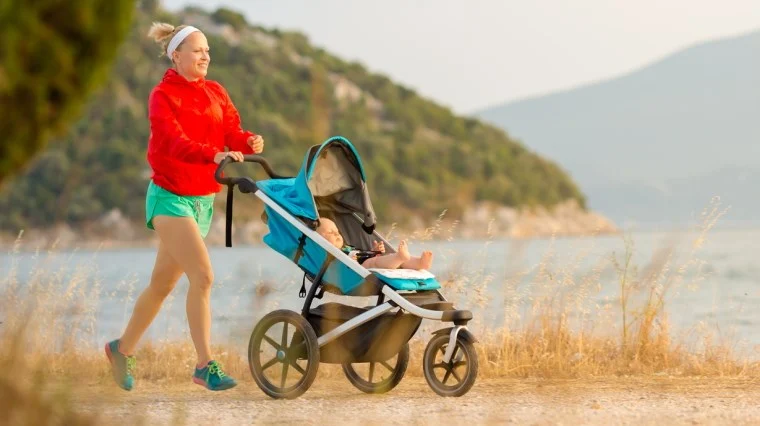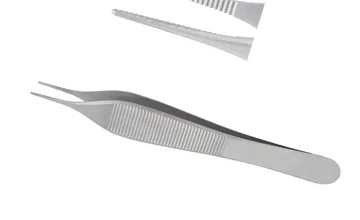Pram Buying Guide: What New Parents Need to Know
Pram Buying Guide:

When expecting a baby, one of the most important purchases new parents make is a pram. This guide will break down everything you need to consider, making the decision-making process much easier.
Understanding the Different Types of Prams
Before diving into features, it’s essential to understand the different types of prams available:
- Travel Systems: These are prams that come with a car seat attachment, making it easy to transition your baby from the car to the pram.
- 3-in-1 or 2-in-1 Prams: 3-in-1 prams typically offer a carrycot, pushchair, and car seat, while 2-in-1s exclude the car seat.
- Umbrella Strollers: These are lightweight, foldable strollers ideal for short trips and easy storage.
What to Consider Before Buying a Pram
When choosing the right pram, there are several factors new parents need to take into account.
Lifestyle Compatibility
Your lifestyle will greatly influence the type of pram you need. For instance, if you live in the city and frequently use public transport, a compact and lightweight pram may be best. On the other hand, if you live in a suburban or rural area and enjoy long walks, a more robust, all-terrain pram might be a better fit.
Age Appropriateness
Different prams cater to different age groups. Some prams are suitable from birth with a flat reclining position or a carrycot, while others are designed for older babies. Look for prams that can grow with your baby, converting from a newborn-friendly option to a toddler stroller.
Size and Weight
Pram size is an important factor to consider. If you have a small car or limited storage space at home, you’ll want to ensure the pram is compact and easy to fold. Also, consider the pram’s weight—lightweight models are easier to handle, especially when carrying up stairs or loading into a car.
Key Features to Look For
Now that you have a general idea of what type of pram might suit your needs, let’s explore some essential features to look for.
- Adjustable Handlebar: An adjustable handlebar is an important feature, especially if you and your partner are different heights. It allows you to adjust the handle to a comfortable position, reducing strain on your back and shoulders.
- Reclining Seat: For newborns, it’s essential that the pram has a reclining seat that can lay flat or a detachable carrycot. This feature ensures proper posture for your baby during the first few months.
- Good Suspension: If you plan to walk on uneven surfaces or want a smoother ride for your baby, make sure the pram has good suspension. A solid suspension system absorbs shocks and keeps the ride smooth, making it comfortable for both baby and parent.
- Safety Harness: A five-point safety harness is recommended for all prams. This ensures your baby is securely strapped in, reducing the risk of them sliding or climbing out.
- Storage Space: Most prams come with some form of storage underneath. If you plan on carrying groceries, nappy bags, or other essentials, make sure the pram has enough storage to accommodate your needs.
- Foldability: Prams that are easy to fold are a big plus, especially if you’re a parent on the go. Look for one-hand fold systems, making it simpler to collapse the pram while holding your baby or shopping.
Practical Considerations for Everyday Use
There are a few additional practical considerations to keep in mind when selecting a pram.
- Ease of Cleaning: Babies can be messy, and your pram will inevitably encounter spills and crumbs. Choose a pram with removable, washable fabric to make cleanup easy.
- Brakes: Check for reliable brakes that are easy to engage and release. Some prams come with a brake system on the handlebar, while others are foot-operated.
Budget Considerations
While it’s tempting to go for the latest model with all the bells and whistles, it’s important to set a budget before you start shopping.
Entry-Level Prams
For parents on a tighter budget, there are plenty of affordable pram options available that still provide essential features like safety and comfort. While these prams may lack high-end extras, they can be just as functional for day-to-day use.
High-End Prams
If budget isn’t an issue, high-end prams often provide top-tier materials, better maneuverability, and added convenience features. Luxury brands also tend to focus more on design, offering a sleeker aesthetic.
Don’t Forget About Accessories
Once you’ve picked the perfect pram, there are several accessories to consider that will enhance the pram’s usability.
- Pram Liners: Pram liners add extra comfort for your baby and make it easier to clean up spills.
- Cup Holders and Snack Trays: These convenient add-ons make it easier to carry drinks and snacks while you’re on the move.
- Buggy Boards: If you have an older child, a buggy board is a great addition. It attaches to the back of the pram, allowing them to stand and ride along.
Trusted for Quality Baby Products
Babymore is a trusted British brand that specializes in designing and manufacturing high-quality nursery furniture and baby products. With years of experience, Babymore offers a wide range of award-winning cribs, cot beds, mattresses, prams, pushchairs, and car seats. Their products are designed with safety, style, and functionality in mind, making them a go-to choice for parents across the UK.
Conclusion: Making the Right Choice
Choosing a pram is one of the most important decisions new parents will make. By understanding the different types of prams, key features, and practical considerations, you can make an informed decision that suits both your lifestyle and your baby’s needs. Whether you opt for a budget-friendly model or a high-end pram, focusing on safety, comfort, and ease of use will ensure a smooth experience for both parent and baby. Happy pram shopping!




